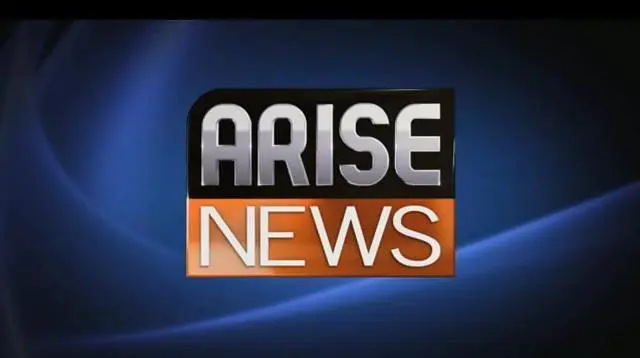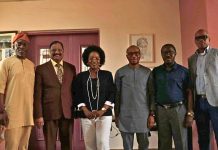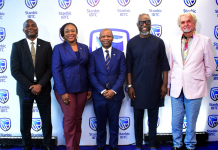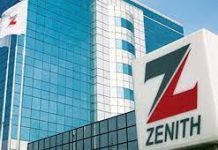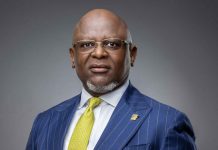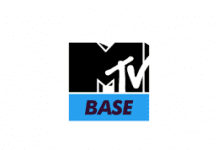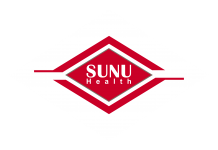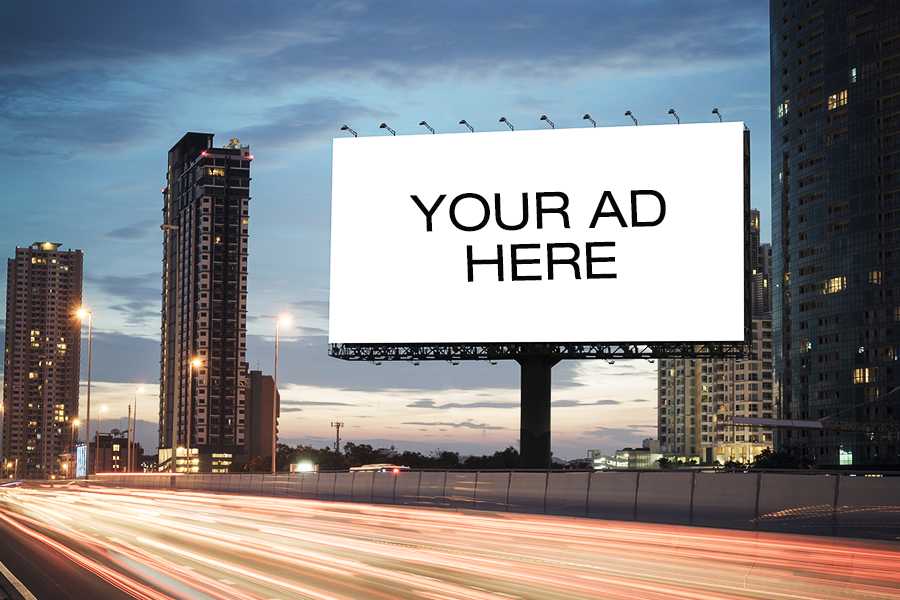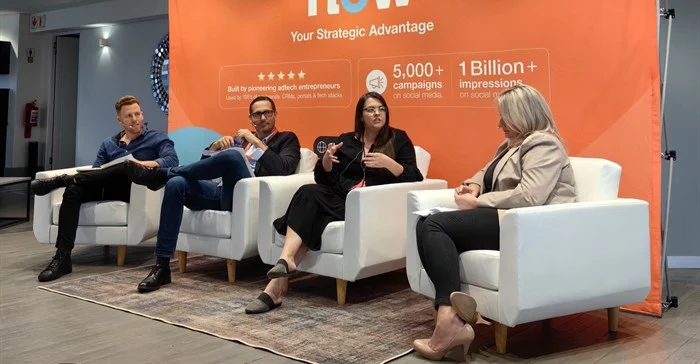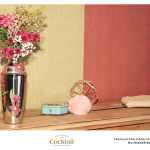Despite the challenges facing Nigeria’s economy, the Out-of-Home (OOH) Advertising sub-sector has recorded a considerable growth since 2021, after recovering from the COVID-19 debacle of the year 2020, a media entrepreneur, Mr. Soni Irabor has stated.
Reviewing the industry in recent years, he stated that OOH has attracted a higher percentage share of advertising in Africa than in most other global markets, adding that television, radio and print media have mostly remained fairly stable. “OOH and digital media have expanded dramatically. In fact, OOH media now account for 13 per cent of advertising revenue in most key African markets, ”he said.
Irabor who added that though the 2020 pandemic has negatively affected the industry, especially at airports, also pointed out that OOH made a sharp recovery in 2021 and was projected to expand at a compound annual growth rate of 3 to 6 per cent over the next five years.
He also said that Africa has a large and vibrant informal market that contributes significantly to the economy and to employment, thereby presenting a huge opportunity for brands.
With the industry embracing digital technologies, Irabor noted that, “the OOH industry is already taking a big step by playing a key role in the advertising space regardless of other forms of advertising especially social media”.
He spoke at the Outdoor Advertising Association of Nigeria annual conference and exhibition recently in Lagos.
He further stressed that developments across the continent, along with current media trends, suggest that out of home (OOH) advertising is in for an exciting ride.
He said OOH presently attracts a higher percentage share of advertising in Africa than in most other global markets.
According to Irabor, while television and radio have mostly remained fairly stable, newspapers and print have been declining, OOH and digital media have expanded dramatically. “In fact, OOH media now account for 13 per cent of advertising revenue in most key African markets,” he said.
Irabor did not provide the total advertising revenue but Nigerian ad spend is over N120 billion.
He also said that though the 2020 pandemic has negatively affected the industry, especially at airports, OOH made a sharp recovery in 2021 with te industry projected to expand at a compound annual growth rate of 3%-6% over the next five years.
He identified social media as one of the biggest challenges confronting OOH. He said as of 2021, 75 per cent of Gen Z and 48 per cent of millennials are making purchasing decisions influenced by social media ads.
Other challenges, according to him, are economic cost of transiting from static OOH, challenge in the age of targeted audience fragmentation, that other forms of media provide, especially social media, uncertainty that the upcoming elections bring, insecurity, regulations and government policy towards OOH which differ significantly by market and even by city or council, which makes operating across markets difficult.
He said all these challenges has continued to hold back an industry that is evolving in other climes and adapting to challenges as they evolve beyond the age of the threat of the internet, social media and the coming metaverse.
Earlier in his welcome address, the President OAAN, Chief Emmanuel Ajufo said the event was organized to reward excellence as well as jointly finding solutions to the challenges affecting the OOH business.
Challenges are plenty and the major one is with our regulators, I am one person that believes that we should be in partnership with our regulators. I believe strongly that they should set the standards and we follow but the situation where they only talk about IGR is affecting our business.
“The signage agencies are there because of us, if they wish us away there will not be partnership,” he said.








